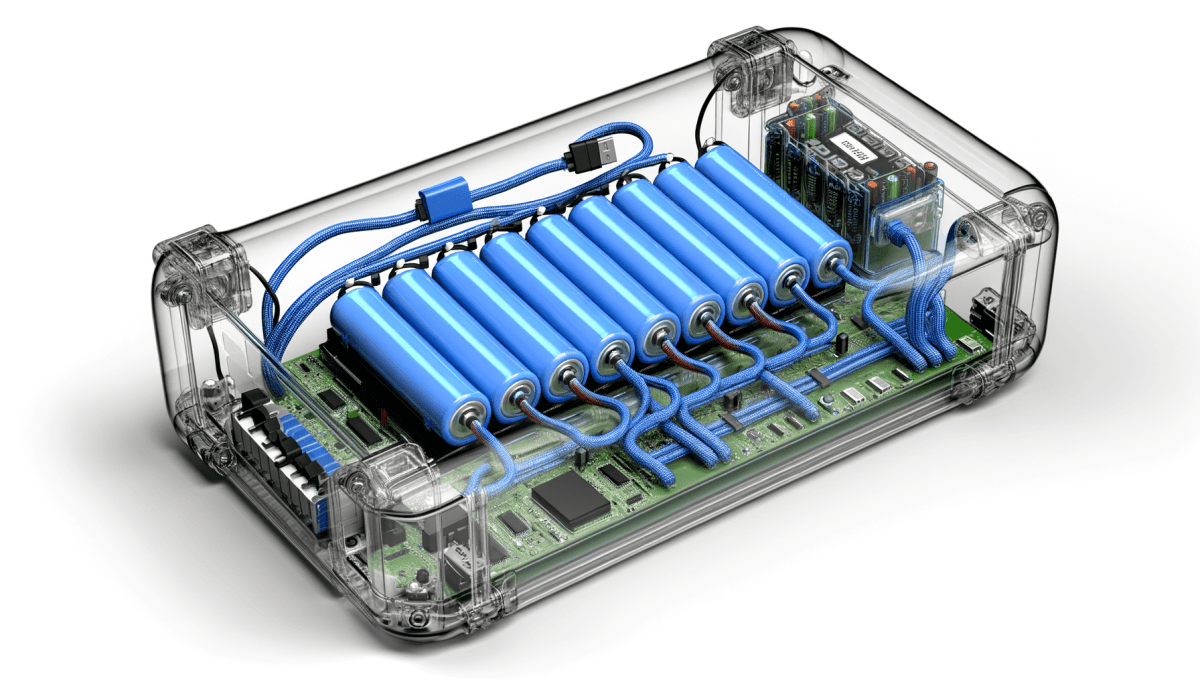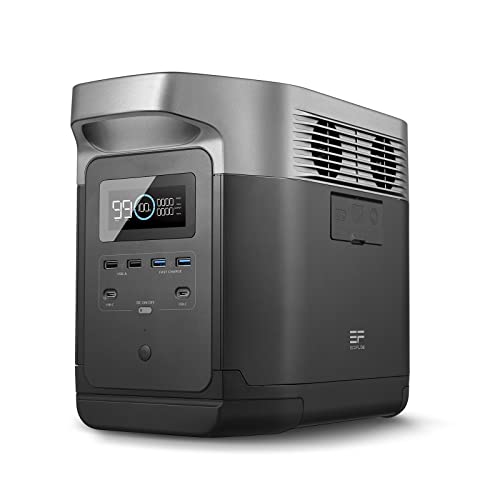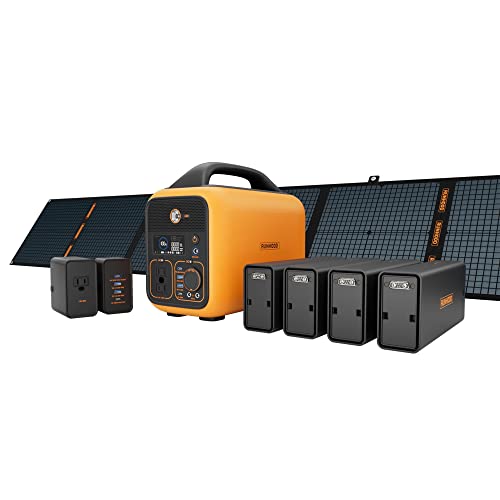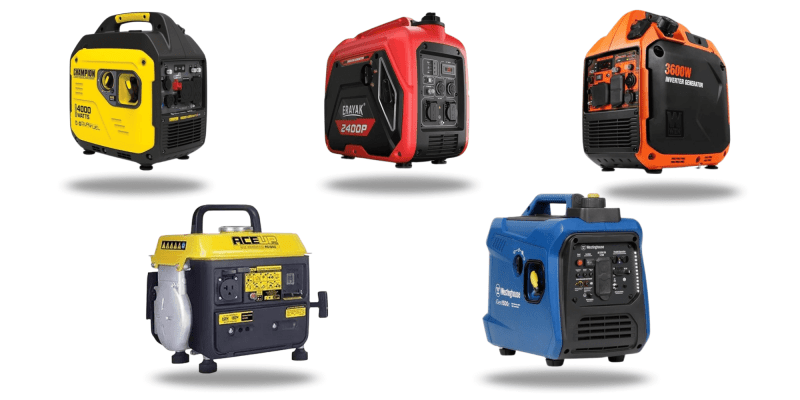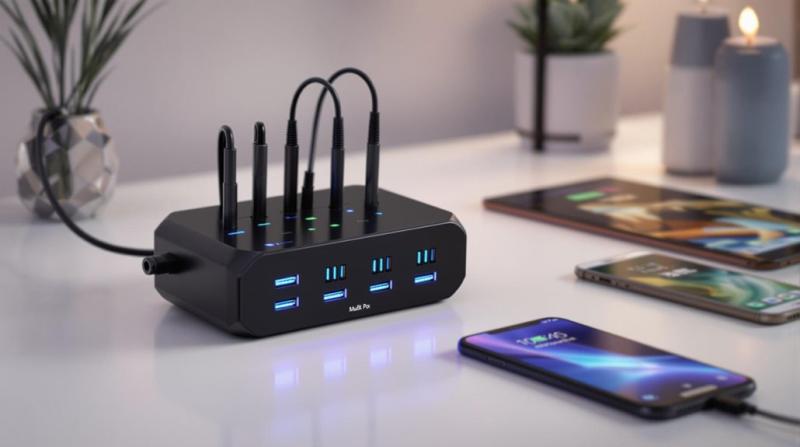You know why portable power stations last so long? It's all about that advanced lithium-ion battery technology. These batteries have a high energy-to-weight ratio, which is a fancy way of saying they pack a lot of power without being super heavy.
Now, let's talk about how you can make them last even longer. The secret is in how you charge and discharge them. Try to keep the battery level between 20% and 80%. This little trick helps prevent premature wear and tear.
Oh, and don't forget about regular maintenance. Avoid letting the battery completely drain, and keep an eye on the temperature. These simple steps can do wonders for your power station's lifespan.
And here's another tip: make sure you choose a power station that fits your specific needs. This way, you'll get the best performance for whatever you're using it for.
By keeping these things in mind, you'll get the most out of your portable power station. There are more handy tips ahead, so stick around!
Understanding Battery Capacity
Understanding battery capacity is crucial for figuring out how long your portable power station can keep up with your energy needs.
Battery capacity, usually measured in watt-hours (Wh), tells you how much energy a battery can store and deliver over time. To use your portable power station effectively, you first need to check out the power requirements of your devices. Each device will probably have a specified wattage, and knowing this lets you calculate how long your portable power station can keep them running.
So, let's say your portable power station has a capacity of 500 Wh and you want to power a device that uses 100 watts. It's pretty simple math. You'd divide the total capacity by the device's consumption: 500 Wh ÷ 100 watts = 5 hours. This straightforward calculation helps you make smart decisions about which appliances you can power and for how long.
But that's not the whole story. You also need to think about the efficiency of energy conversion. Some power stations have an inverter that changes DC to AC power, which usually eats up about 10-20% of the energy. Taking this efficiency loss into account gives you a more realistic idea of how long your power station will last. Understanding these little details makes your overall experience better and ensures you don't accidentally drain your portable power station too quickly.
Chemistry of Long-Lasting Batteries
Alright, let's dive into the fascinating world of long-lasting batteries!
So, the key to these batteries is all about using advanced materials and clever designs that pack in as much energy as possible and last through many charge cycles. You've probably heard of lithium-ion (Li-ion) batteries, right? They're super popular because they've a high energy-to-weight ratio. In these batteries, lithium ions zip back and forth between the anode and cathode when you charge and discharge them.
Now, the materials used for the electrodes are super important for how well these batteries perform. Typically, the anode is made of graphite. For the cathode, there's a bit more variety—you might find materials like lithium cobalt oxide or lithium iron phosphate. These choices help make sure the ions move efficiently, which is crucial for making the battery last longer.
Let's talk electrolytes for a second. This part can be a liquid, gel, or even solid. Lately, solid-state electrolytes have been getting a lot of buzz because they might offer wider voltage ranges and are generally safer. Plus, nanotechnology is a game-changer here! Nanostructured materials can really boost the surface area and improve how fast ions move, making charge cycles way more efficient.
Oh, and don't forget about temperature management. Batteries hate extreme temperatures—it can totally mess with their life and performance. That's why having advanced thermal management systems is a big deal; they help keep the batteries running in their sweet spot temperature-wise.
Impact of Usage Patterns
Usage patterns play a huge role in how long your battery lasts and how well it performs.
Think about it: the way you charge, discharge, and take care of your portable power station can make a world of difference. If you're always draining your power station down to its lowest capacity before you recharge, you're probably cutting its lifespan short. Most of these devices use lithium-ion batteries, and they're happiest when you keep them between 20% to 80% charge. So, by steering clear of those deep discharges, you're actually helping your battery live longer and work better.
Another thing to keep in mind is how fast you're using up the charge. High-drain applications, like running a bunch of devices at once, can really stress the battery. This extra strain can lead to the battery losing its capacity quicker over time. It's a good idea to match what your power station can handle with what you need. Try not to overload it—this can wear it out faster.
And let's talk about charging. Sure, fast charging is super convenient, but it can also generate more heat, which isn't great for the battery cells. Slower, more controlled charging is usually better for the health of your battery.
Once your power station hits full charge, unplug it. Leaving it plugged in all the time can keep the battery at a high voltage, which isn't ideal.
Maintenance for Longevity
Maintaining your portable power station properly can really make a difference in how long it lasts and how well it performs over time. So, let's dive into some basics!
First off, regular inspection and cleaning are essential. Take a good look at the external casing every now and then for any signs of damage or wear. And don't forget to keep those air vents clean and free from dust and debris. Good airflow is super important for keeping things cool while in use.
Now, let's talk about battery care. It's a big deal! Try not to let the battery discharge completely. Doing so can cause irreversible damage. Aim to keep the charge between 20% and 80% for the best battery health. Oh, and it's a good idea to set up a charging routine where you periodically discharge and recharge the power station. This keeps the battery chemistry and performance in check.
Temperature management is also key. Store your power station in a place with moderate temperatures—extreme cold or heat can really mess with the battery capacity and overall longevity. If you're using the unit in warm conditions, give it a little break now and then to cool down.
And hey, don't forget about the firmware! Many modern portable power stations come with software updates that can boost performance and safety. Check with the manufacturer for any updates and make sure to install them as soon as they're available.
Comparing Types of Power Stations
When you're looking at portable power stations, it's super important to check out their capacity, output options, and what you plan to use them for. That way, you can figure out which model suits you best.
Let's start with capacity. Usually, this is measured in watt-hours (Wh). A bigger capacity means your devices will run longer, but you should think about how much power you really need. Charging small electronics? Something in the 200-500 Wh range is probably enough. But if you're powering bigger appliances, you might need 1000 Wh or more.
Next up, let's talk about output options. Different power stations come with all sorts of ports—AC outlets, USB ports, DC ports, you name it. If you're mainly charging phones, tablets, or cameras, having enough USB outputs is gonna be key. And if you're running appliances, make sure the AC output can handle their voltage and wattage needs.
Now, think about what you're gonna use the power station for. Some models are perfect for camping or outdoor adventures, with rugged designs and solar charging options. Others are better for home backup or powering stuff on a worksite.
Oh, and don't forget about portability and weight. If you plan on moving your power station around a lot, a lighter option might be a good idea, even if it means a bit less capacity.
